Home>Gardening & Outdoor>Landscaping Ideas>How To Kill Goat Heads Without Killing Grass
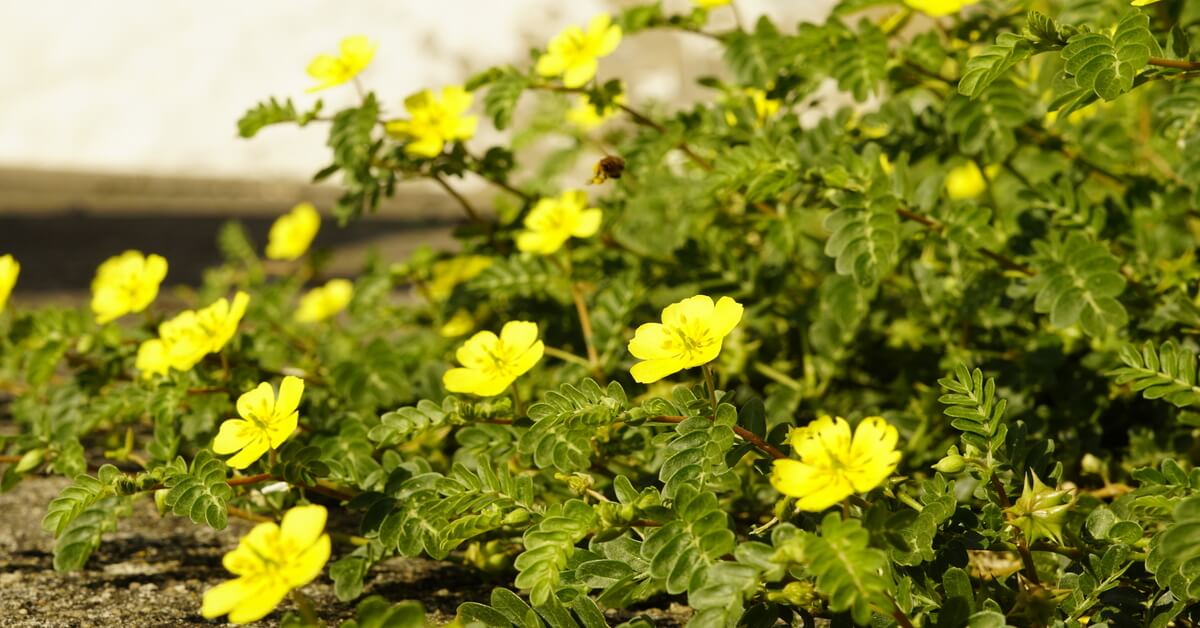

Landscaping Ideas
How To Kill Goat Heads Without Killing Grass
Modified: February 18, 2024
Discover effective landscaping ideas for killing goat heads without harming your grass. Learn how to maintain a beautiful lawn while eliminating this pesky weed.
(Many of the links in this article redirect to a specific reviewed product. Your purchase of these products through affiliate links helps to generate commission for Storables.com, at no extra cost. Learn more)
Introduction
Landscaping can bring immense joy and beauty to your outdoor space, but it often comes with its fair share of challenges. One such challenge that many homeowners face is dealing with the pesky and invasive weed known as goat heads. These prickly invaders can quickly take over a once-lush lawn, causing frustration and discomfort for anyone who dares to walk barefoot.
In this comprehensive guide, we will explore effective strategies for eradicating goat heads without harming your precious grass. Whether you're a seasoned gardener or just starting to flex your green thumb, the information provided here will empower you to reclaim your lawn and enjoy a weed-free oasis.
So, grab your gardening gloves and let's dive into the world of goat head control, where we'll uncover the best methods for banishing these prickly nuisances from your yard for good.
Key Takeaways:
- Say goodbye to goat heads by maintaining a healthy lawn, regular mowing, and proper watering. Preventative measures can create a less hospitable environment for these pesky weeds.
- Embrace a multi-faceted approach to goat head control, combining mechanical, chemical, and organic methods. With vigilance and the right strategies, reclaim your lawn and enjoy a weed-free oasis.
Understanding Goat Heads
Before delving into the various control methods, it’s essential to understand the enemy at hand. Goat heads, also known as puncturevine, are invasive annual weeds that belong to the Tribulus genus. These resilient plants thrive in dry, arid conditions and can quickly spread their spiky seeds, making them a nightmare for homeowners and gardeners.
The defining feature of goat heads is their small, sharp thorns, which give them their notorious reputation. These thorns can cause painful puncture wounds when stepped on, making goat heads a major nuisance, especially in areas where people and pets frequent.
Goat heads are prolific seed producers, with each plant capable of producing hundreds of seeds that can remain viable in the soil for several years. This means that once goat heads take root in your lawn, they can be incredibly challenging to eradicate without the right approach.
By understanding the life cycle and growth habits of goat heads, you can better equip yourself to combat them effectively. With this knowledge in hand, you’ll be ready to implement a multi-faceted approach to control that targets both the existing weeds and their seeds, preventing future infestations and allowing your grass to thrive once more.
Preventative Measures
When it comes to goat heads, an ounce of prevention is worth a pound of cure. Implementing proactive measures to prevent these prickly weeds from taking hold in your lawn can save you a great deal of time and effort in the long run. Here are some effective preventative strategies to consider:
- Maintain a Healthy Lawn: A lush, well-maintained lawn is your first line of defense against goat heads. Healthy grass not only competes with weeds for resources but also provides a dense, protective cover that makes it harder for goat heads to establish themselves.
- Regular Mowing: Keeping your lawn at the recommended height for your grass type can help prevent goat heads from going to seed. By mowing regularly, you can remove any developing seed heads before they have a chance to mature and spread.
- Proper Watering: Watering your lawn deeply and infrequently encourages deep root growth in your grass, making it more resilient and better able to compete with weeds like goat heads.
- Soil Health: Conduct a soil test to ensure that your lawn’s soil pH and nutrient levels are optimal for healthy grass growth. Amending the soil as needed can create an environment that is less hospitable to weeds.
- Barriers: Consider using landscape fabric or mulch in areas where goat heads are prone to emerge. These physical barriers can smother weed growth and prevent goat head seeds from making contact with the soil.
- Vigilance: Regularly inspect your lawn for signs of goat head infestation, and promptly remove any weeds before they have a chance to spread and set seed.
By incorporating these preventative measures into your lawn care routine, you can create an environment that is less hospitable to goat heads, reducing the likelihood of a full-blown infestation and minimizing the need for intensive control methods in the future.
Mechanical Removal
When faced with a goat head infestation, mechanical removal can be an effective and satisfying way to regain control of your lawn. This hands-on approach involves physically uprooting the weeds, reducing their numbers and preventing them from spreading further. Here are some mechanical removal techniques to consider:
- Hand Pulling: For small to moderate infestations, hand pulling goat heads can be an efficient method of control. It’s essential to wear gloves to protect your hands from the thorns and to ensure that you remove the entire plant, including the root.
- Weeding Tools: Utilize handheld weeding tools such as dandelion diggers or hoes to assist in the removal of stubborn goat heads. These tools can help you extract the weeds more easily, especially in compacted or rocky soil.
- Mowing and Bagging: If goat heads have already gone to seed, mowing your lawn and immediately bagging the clippings can help prevent the spread of seeds. Be sure to dispose of the clippings in a way that prevents them from reintroducing seeds back into your lawn.
- Thatch Removal: Thatch, a layer of dead grass and organic matter that can accumulate on the soil surface, provides an ideal environment for goat head seeds to germinate. Dethatching your lawn can help disrupt this cycle and reduce the likelihood of new weed growth.
While mechanical removal can be labor-intensive, it offers the advantage of directly reducing the goat head population in your lawn without the use of chemicals. Additionally, it allows you to target specific areas and minimize damage to desirable plants, making it a precise and environmentally friendly control method.
By combining mechanical removal with other control strategies, such as preventative measures and targeted spot treatments, you can effectively manage goat head infestations and restore the health and beauty of your lawn.
To kill goat heads without killing grass, manually remove the weeds by hand or use a targeted herbicide that won’t harm the surrounding grass. Be sure to follow the product’s instructions carefully.
Chemical Control
When faced with a widespread or persistent goat head infestation, chemical control methods can provide an effective solution for regaining control of your lawn. It’s important to approach chemical control with caution and to select products that are specifically formulated for targeting broadleaf weeds like goat heads while minimizing impact on desirable grass species. Here are some chemical control options to consider:
- Selective Herbicides: Selective herbicides are designed to target specific types of weeds while leaving grass and other desirable plants unharmed. Look for herbicides that are labeled for controlling broadleaf weeds, including goat heads, in lawns.
- Post-Emergent Herbicides: Post-emergent herbicides are applied directly to actively growing weeds and are effective at controlling established goat head plants. These products come in various formulations, including liquid sprays and granular formulations.
- Pre-Emergent Herbicides: Pre-emergent herbicides create a barrier in the soil that prevents goat head seeds from germinating. These products are best applied before the weed seeds have a chance to sprout, typically in the early spring or fall.
- Spot Treatments: Targeted spot treatments using a selective herbicide can be effective for controlling isolated patches of goat heads while minimizing the impact on the surrounding lawn. This approach allows for precise application and reduces the overall amount of herbicide used.
- Follow Safety Guidelines: When using chemical herbicides, always follow the manufacturer’s instructions and safety guidelines. Wear protective clothing, apply the product in the recommended conditions, and keep pets and children away from treated areas until the herbicide has dried.
While chemical control can be an effective tool for managing goat head infestations, it’s important to use these products judiciously and as part of an integrated approach to weed management. Combining chemical control with preventative measures, mechanical removal, and promoting a healthy lawn can help create an environment that is less conducive to weed growth in the long term.
Before using any herbicide, it’s advisable to consult with a local gardening expert or extension service to determine the most appropriate products and application methods for your specific lawn and goat head infestation.
Organic Solutions
For those who prefer a natural and eco-friendly approach to weed control, organic solutions offer effective alternatives to traditional chemical methods. These methods harness the power of nature to combat goat heads while promoting a healthy and sustainable lawn. Here are some organic solutions to consider:
- Manual Removal: Hand pulling or using weeding tools to physically remove goat heads is a labor-intensive but effective organic control method. Be sure to remove the entire plant, including the root, to prevent regrowth.
- Vinegar Solutions: Household vinegar can be used as a natural herbicide to control goat heads. Acetic acid, the active ingredient in vinegar, can desiccate and kill weeds on contact. Be cautious when using vinegar as it can also affect desirable plants, so apply it selectively and with care.
- Corn Gluten Meal: Corn gluten meal is a natural pre-emergent herbicide that inhibits the germination of weed seeds, including those of goat heads. Applied at the appropriate time, it can help prevent new weed growth without harming existing plants.
- Organic Herbicide Products: There are commercially available organic herbicide products that utilize natural ingredients such as plant oils, soaps, or iron-based compounds to control weeds. These products offer a natural alternative to traditional chemical herbicides.
- Promote Soil Health: Healthy, well-nourished soil can support strong, vigorous grass growth, making it more difficult for weeds like goat heads to take hold. Incorporate organic soil amendments and fertilizers to promote a thriving lawn that can outcompete weeds.
Organic solutions offer a sustainable and environmentally conscious approach to goat head control, providing effective alternatives for those seeking to minimize their use of synthetic chemicals. By integrating these methods into your lawn care routine, you can work in harmony with nature to create a healthy, resilient lawn that is naturally resistant to weed infestations.
It’s important to note that while organic solutions are generally considered safer for the environment, proper application and timing are crucial for achieving effective weed control. Additionally, some organic methods may require repeated applications or a longer time frame to see results compared to traditional chemical treatments.
Conclusion
Dealing with goat heads can be a frustrating and prickly challenge, but with the right strategies and a proactive approach, you can reclaim your lawn and enjoy a lush, weed-free outdoor space. By understanding the life cycle and growth habits of goat heads, implementing preventative measures, and utilizing a combination of mechanical, chemical, and organic control methods, you can effectively manage and eradicate these troublesome weeds.
Remember that maintaining a healthy lawn is key to preventing goat heads from gaining a foothold. Regular mowing, proper watering, and soil health promotion can create an environment that is less hospitable to weeds, allowing your grass to thrive and outcompete invasive species.
When faced with a goat head infestation, mechanical removal offers a hands-on approach to directly reduce weed populations, while chemical control methods provide effective solutions for widespread or persistent infestations. For those who prefer natural alternatives, organic solutions harness the power of nature to combat goat heads while promoting a sustainable and eco-friendly lawn.
Regardless of the control methods you choose, it’s important to approach goat head management with a multi-faceted strategy that targets both existing weeds and their seeds. By combining these methods and maintaining vigilance, you can create a resilient and weed-resistant lawn that you can enjoy with peace of mind.
So, roll up your sleeves, put on your gardening gloves, and take on the challenge of goat head control with confidence. With the knowledge and strategies provided in this guide, you have the tools to transform your lawn into a thriving, goat head-free oasis that you can enjoy for years to come.
Frequently Asked Questions about How To Kill Goat Heads Without Killing Grass
Was this page helpful?
At Storables.com, we guarantee accurate and reliable information. Our content, validated by Expert Board Contributors, is crafted following stringent Editorial Policies. We're committed to providing you with well-researched, expert-backed insights for all your informational needs.
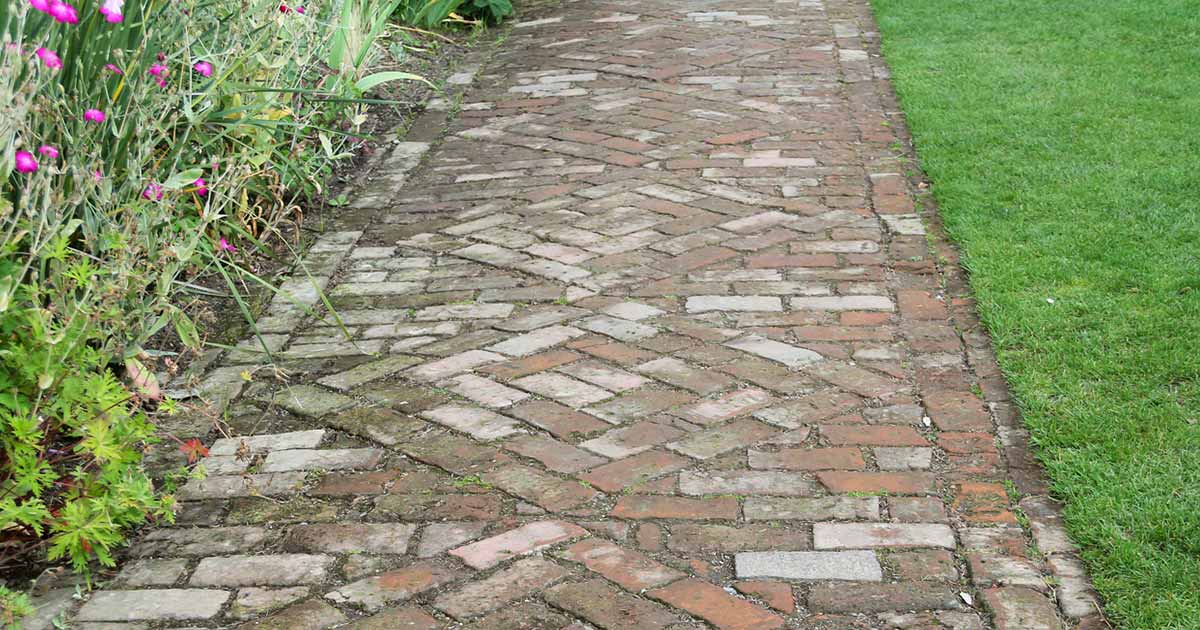
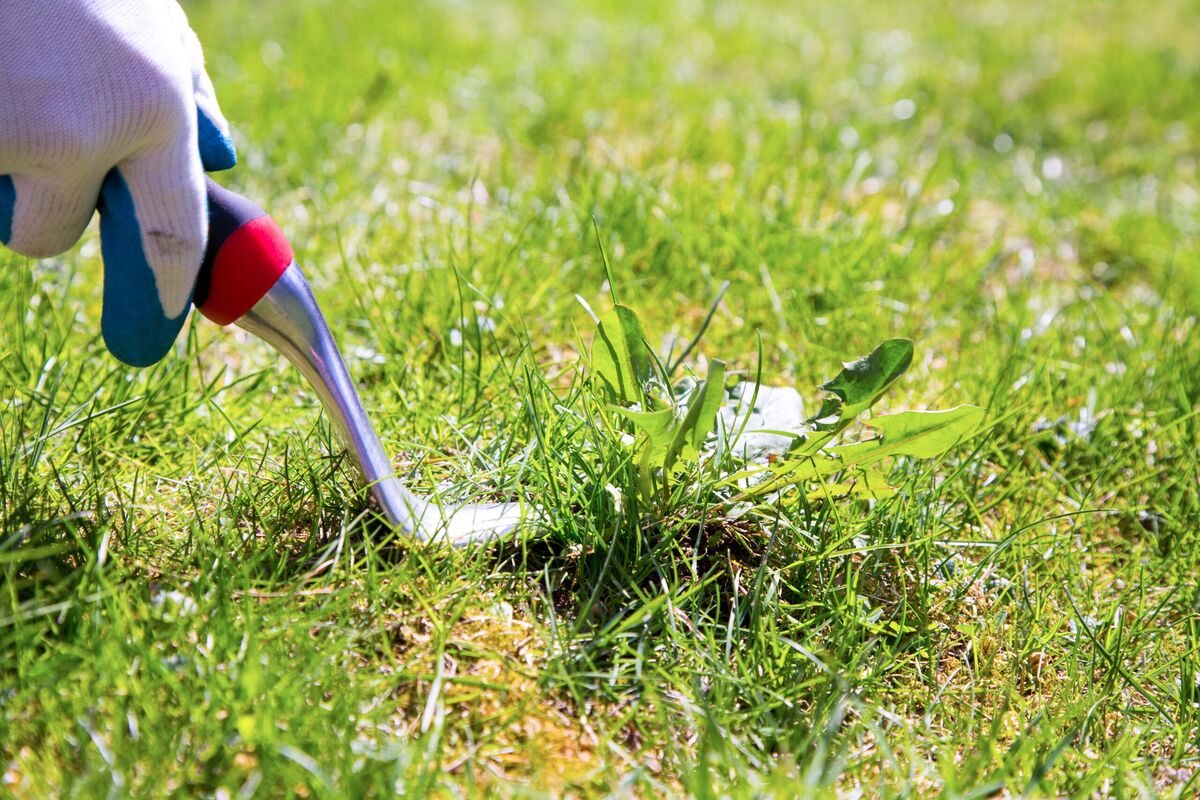
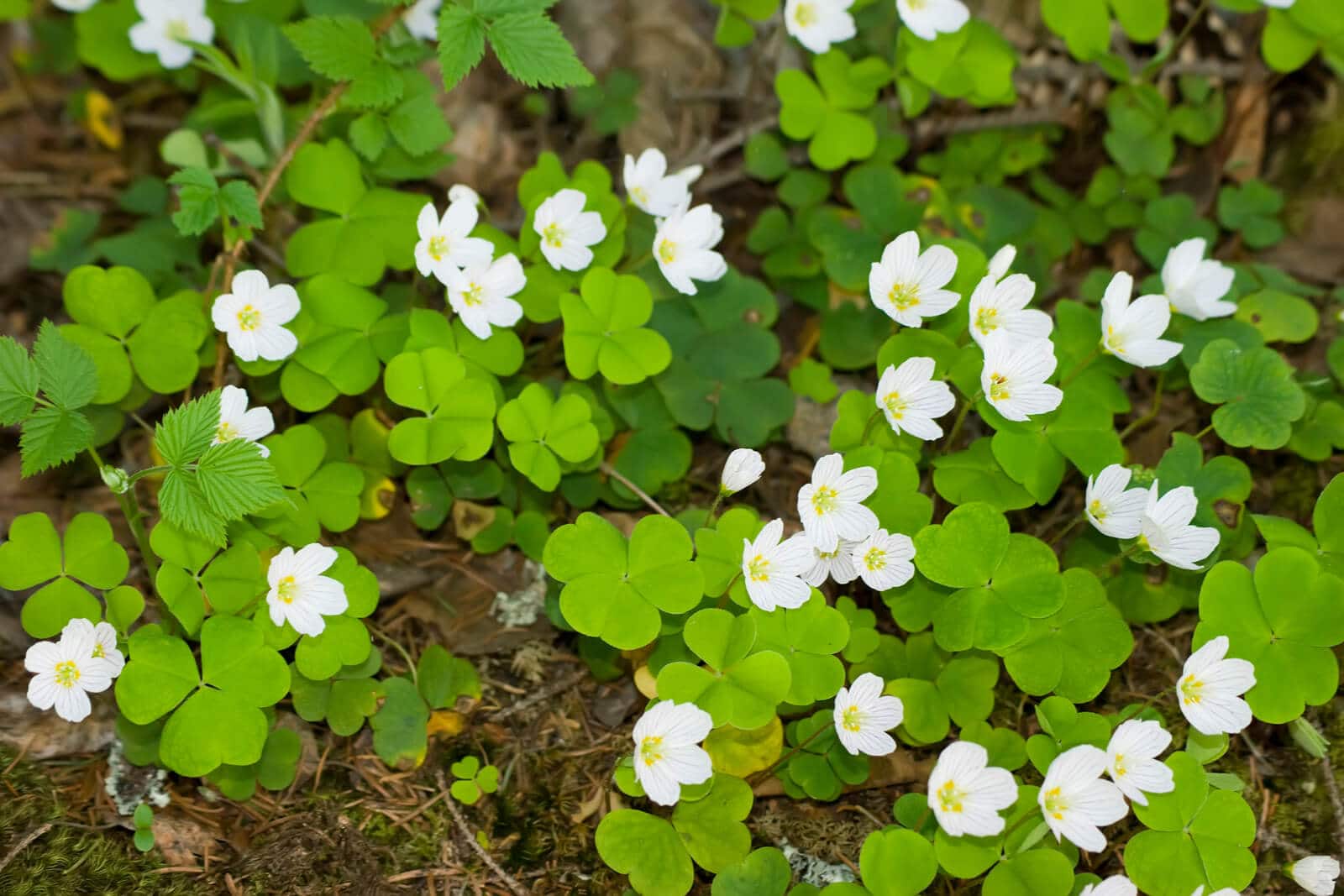
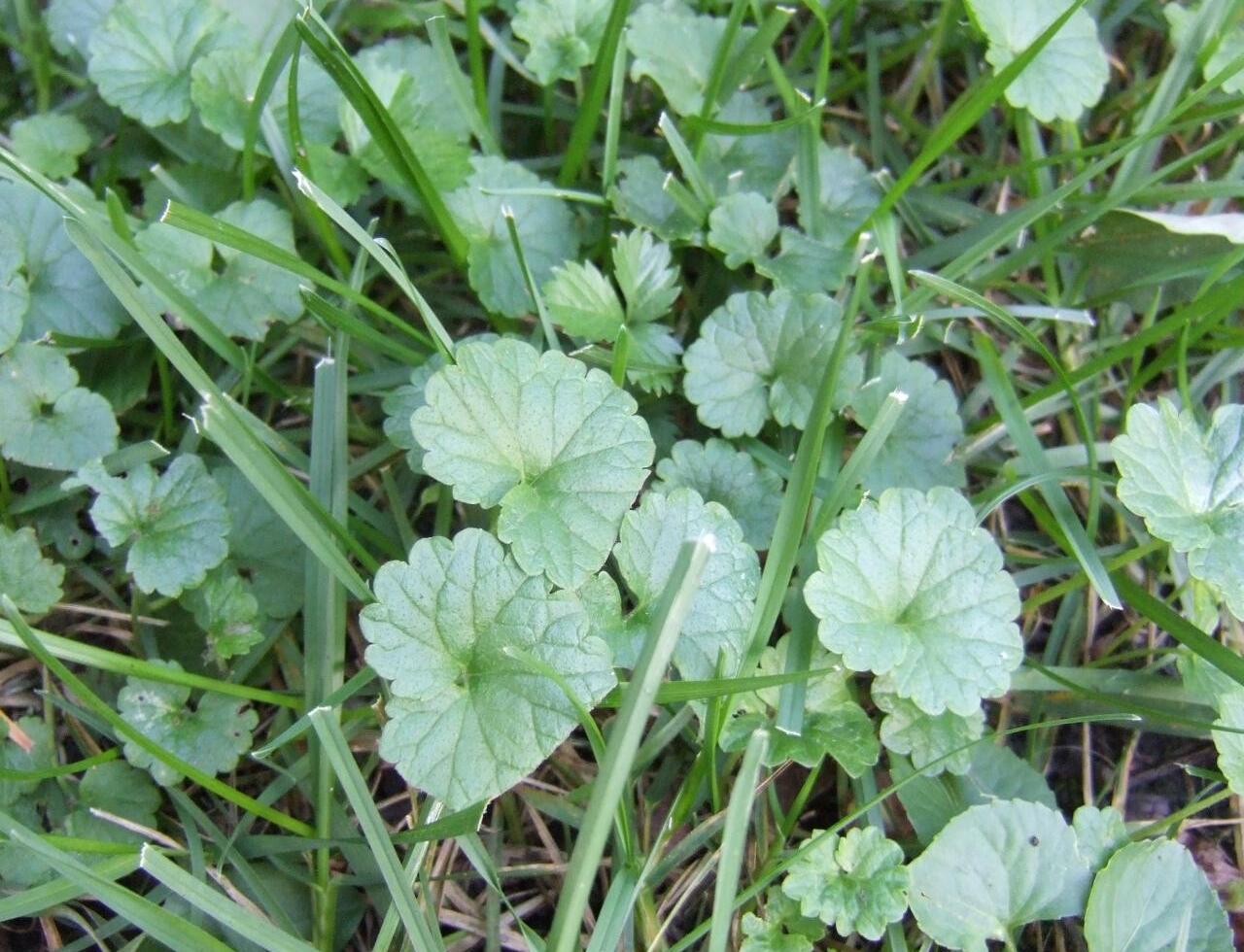
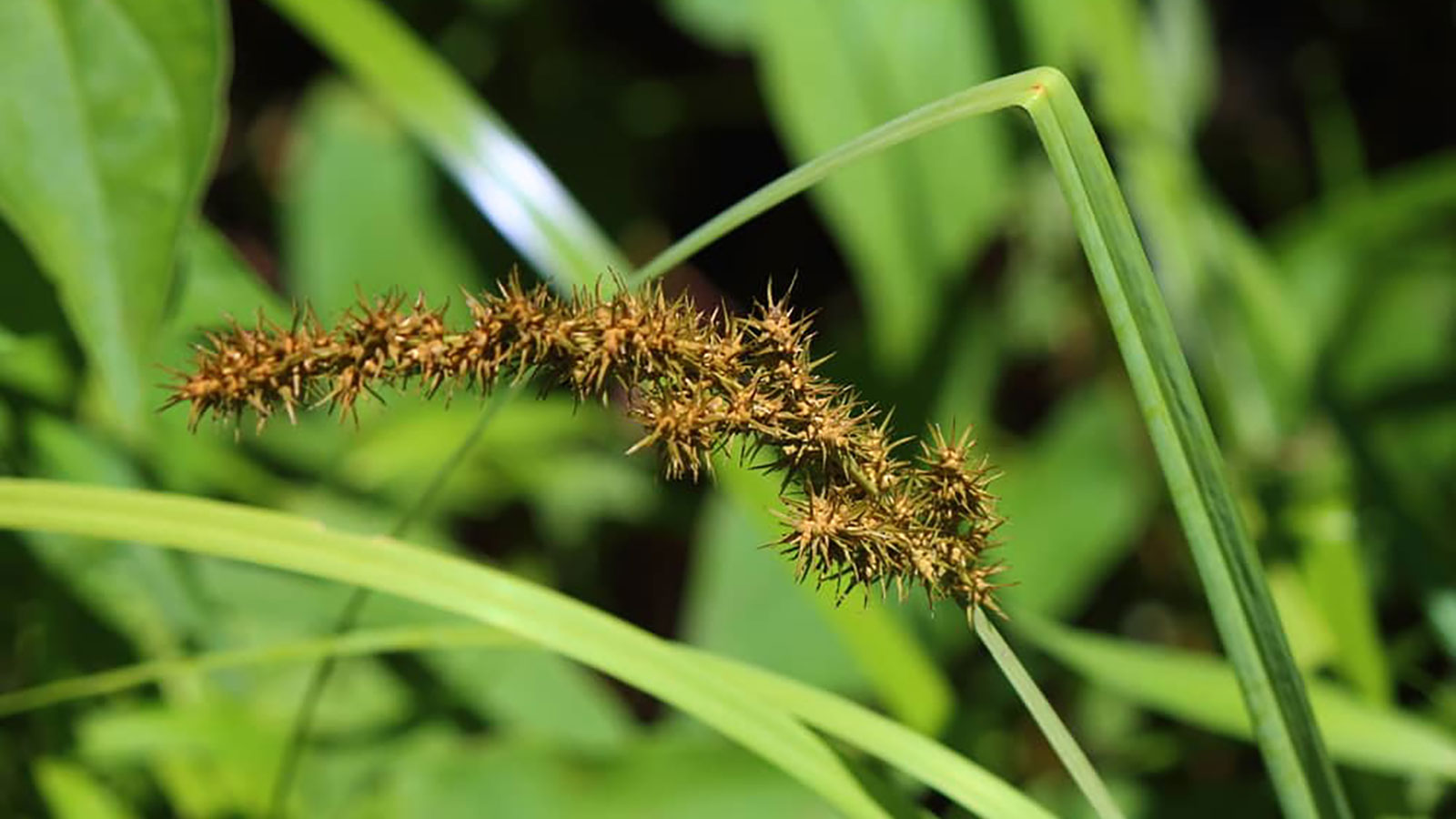
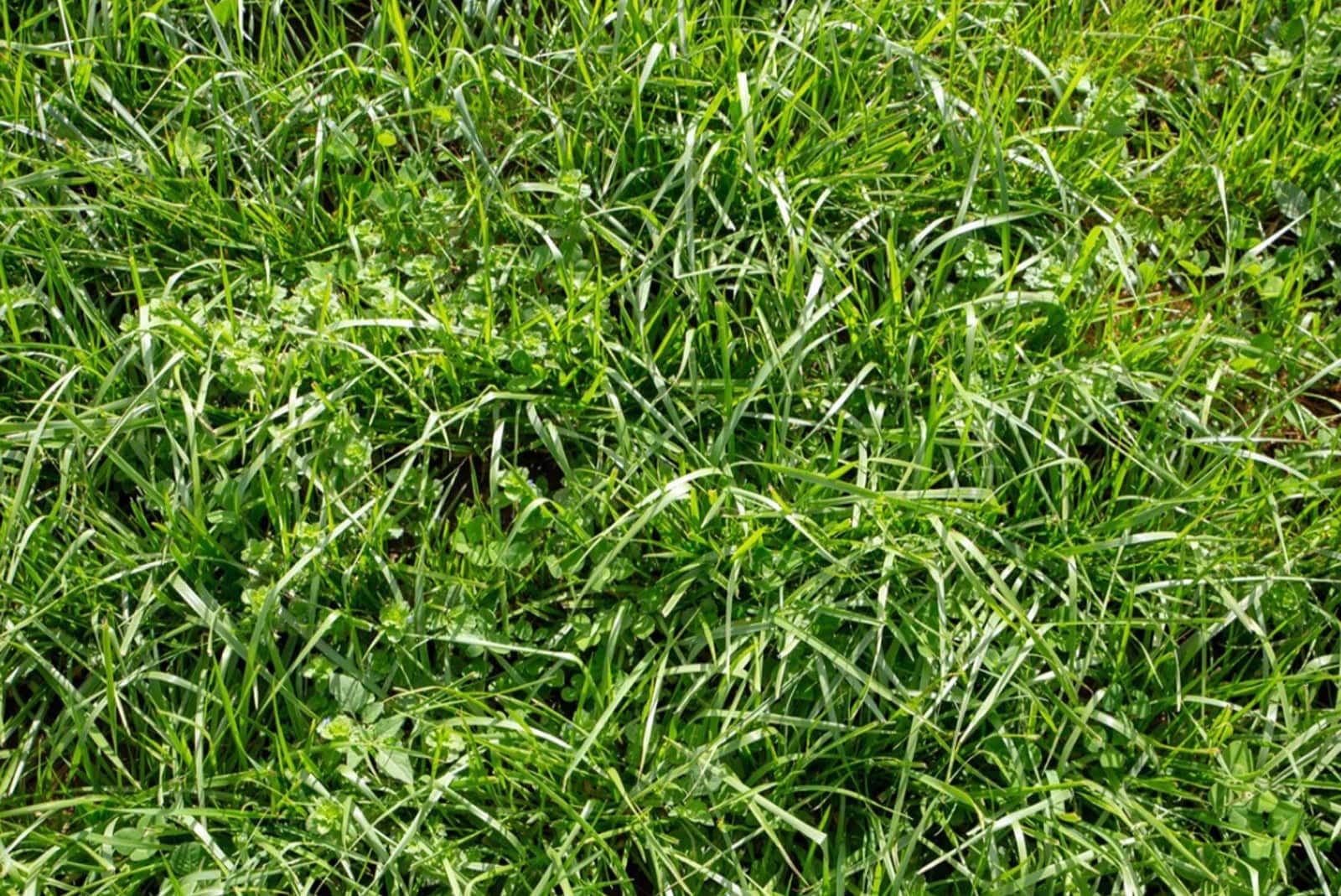
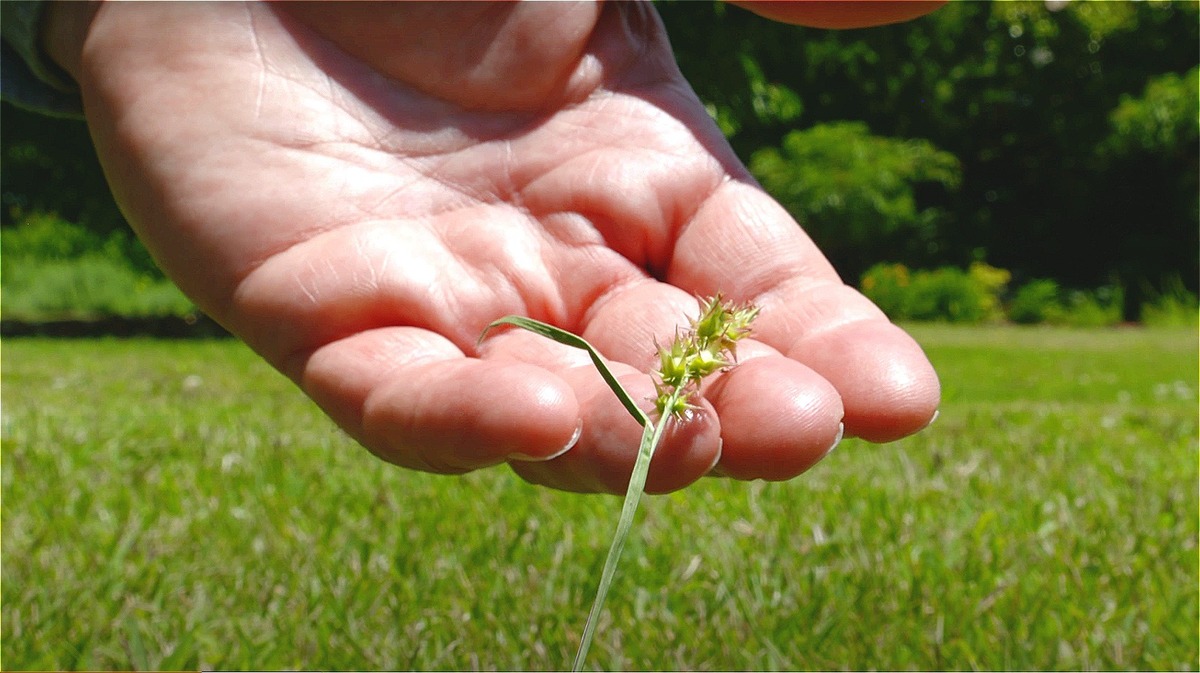
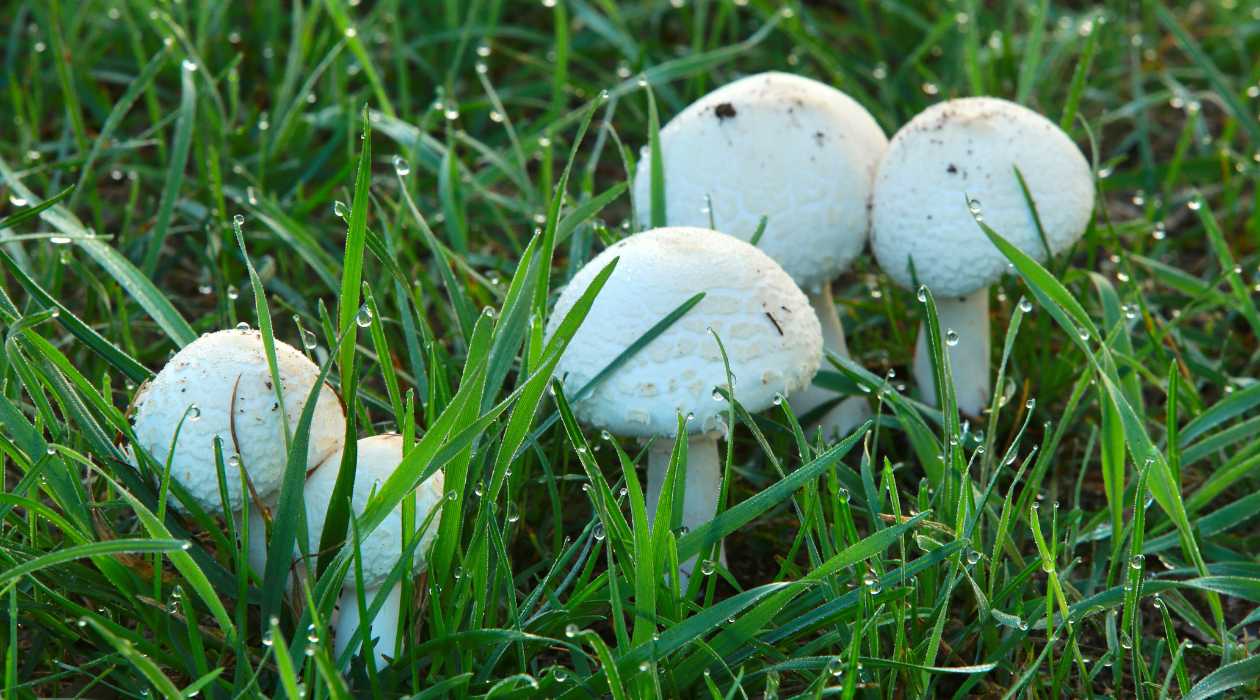
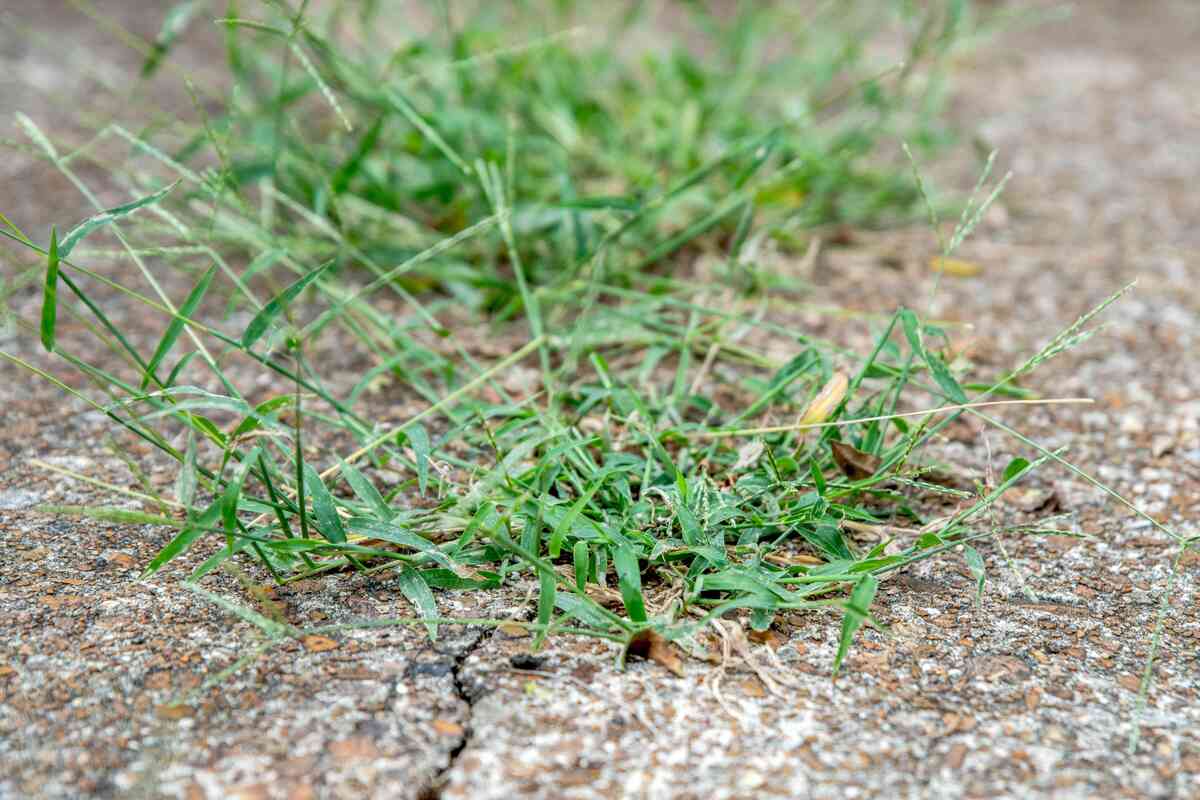
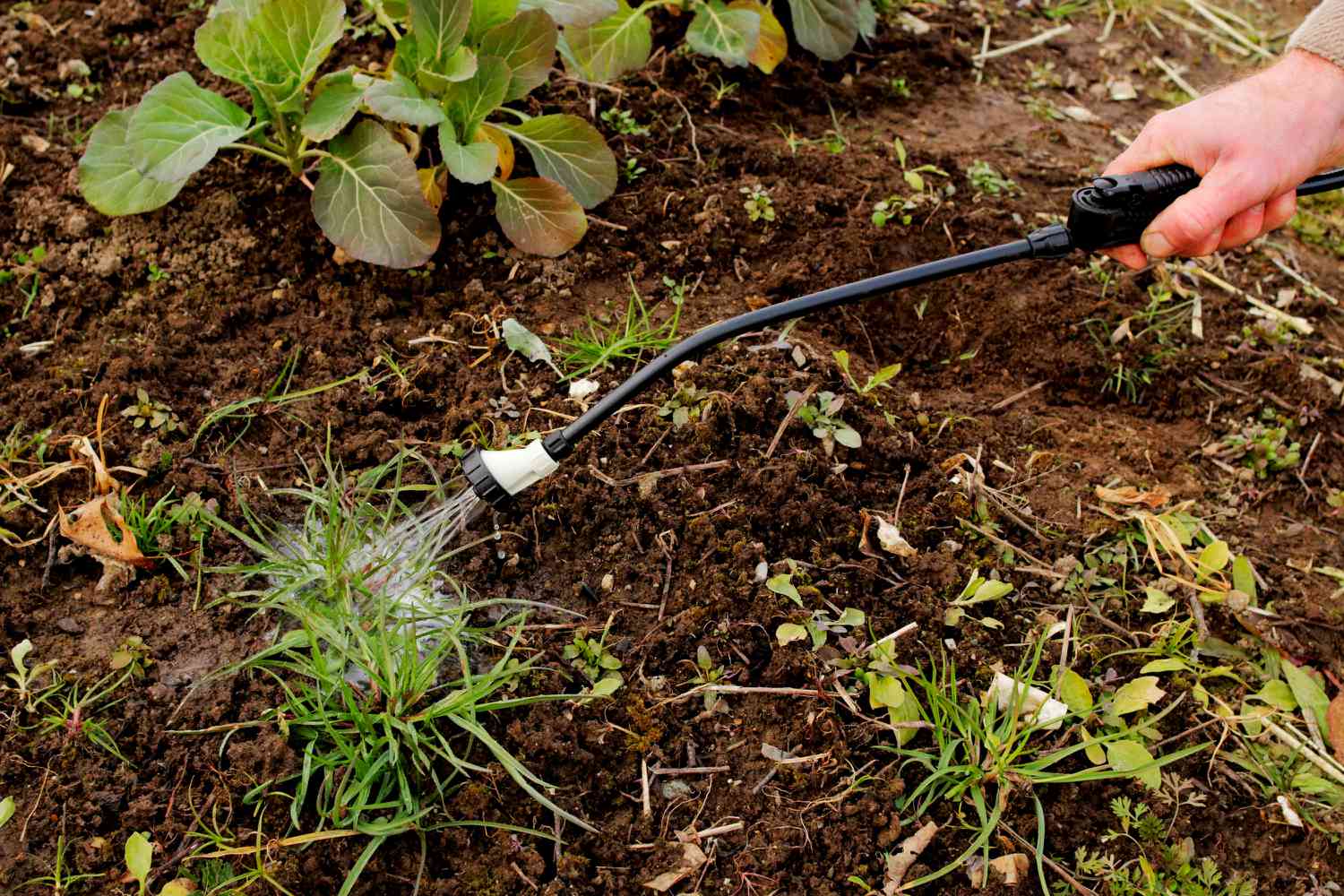
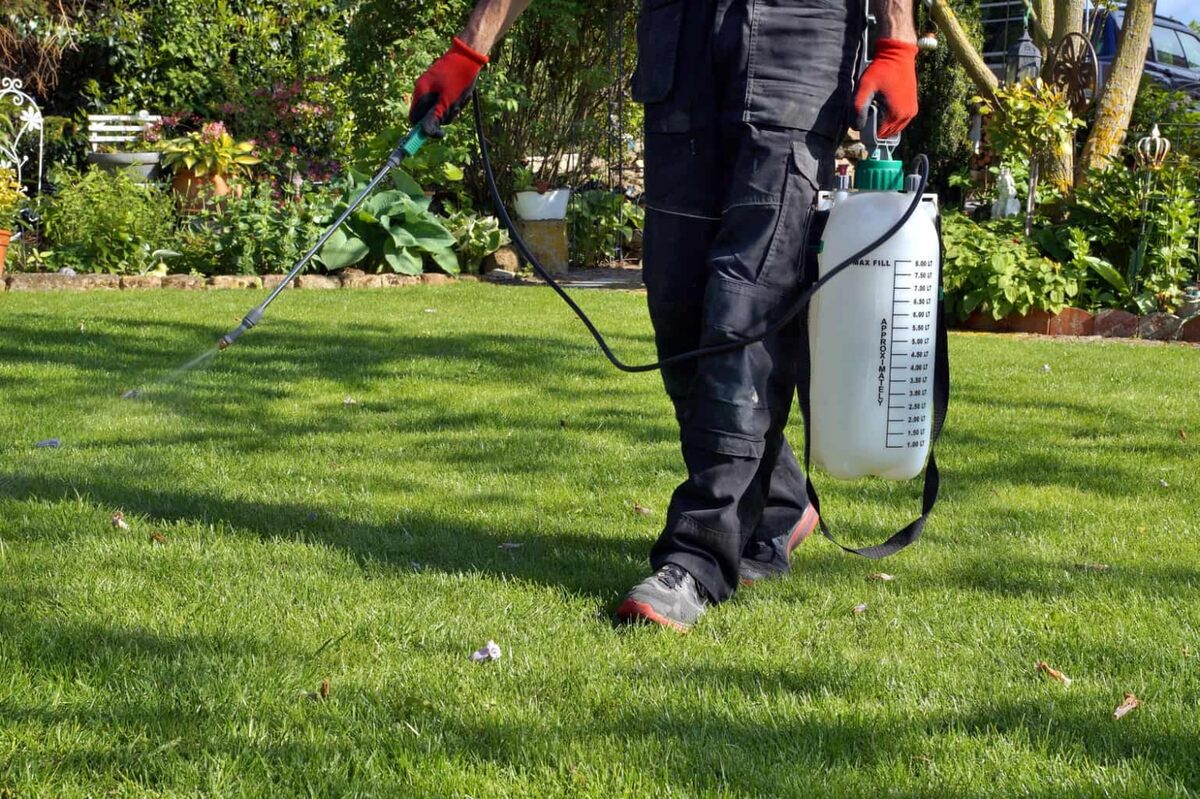
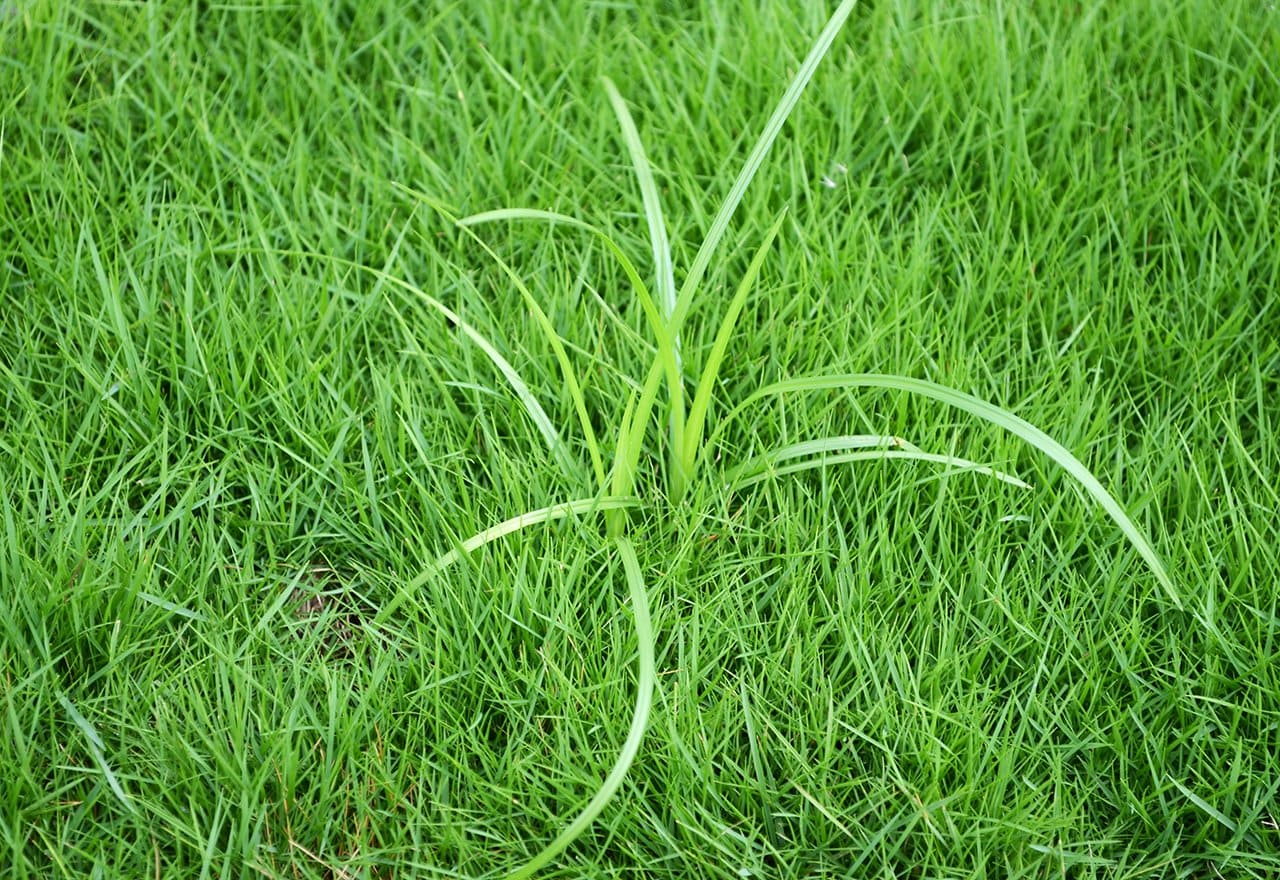
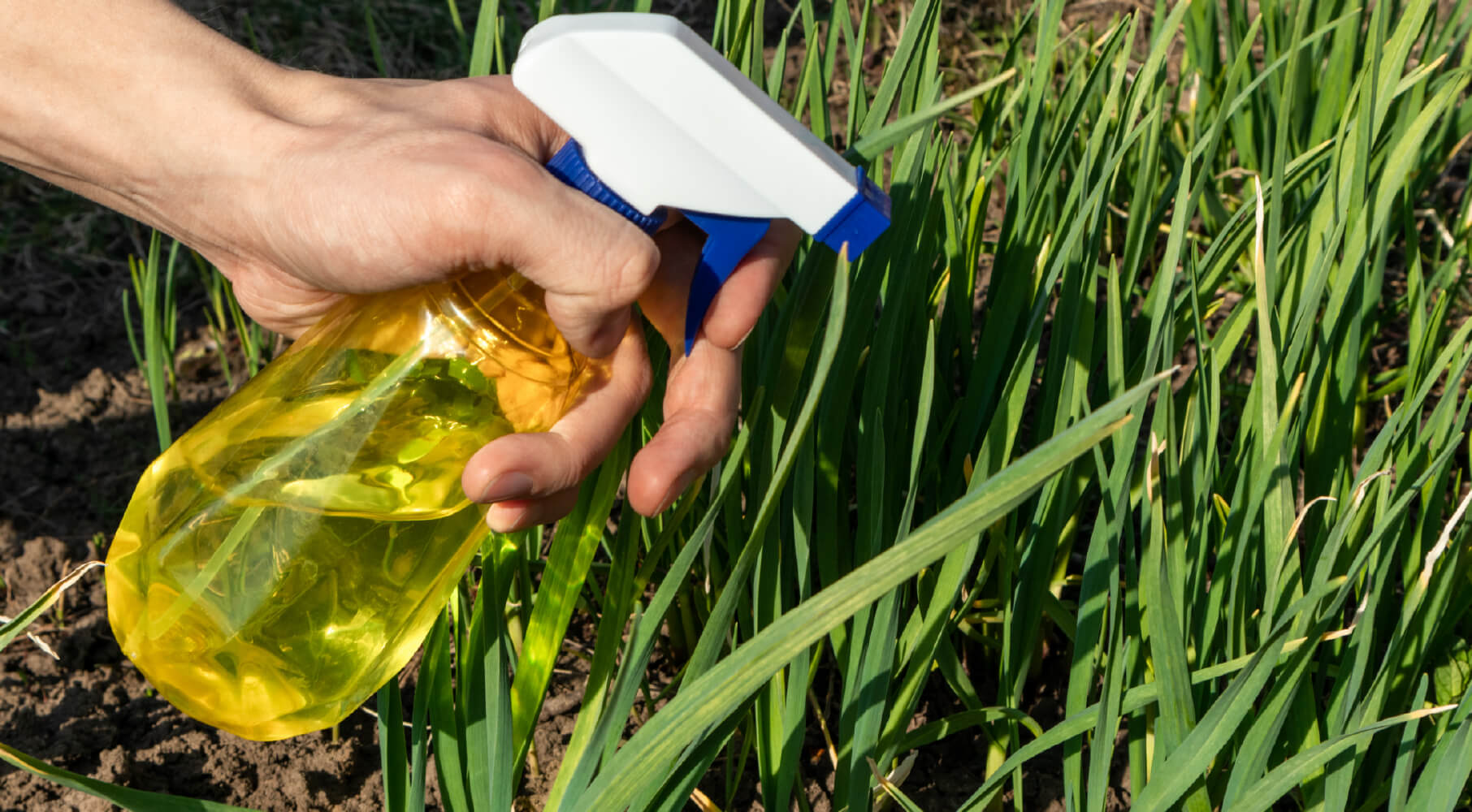
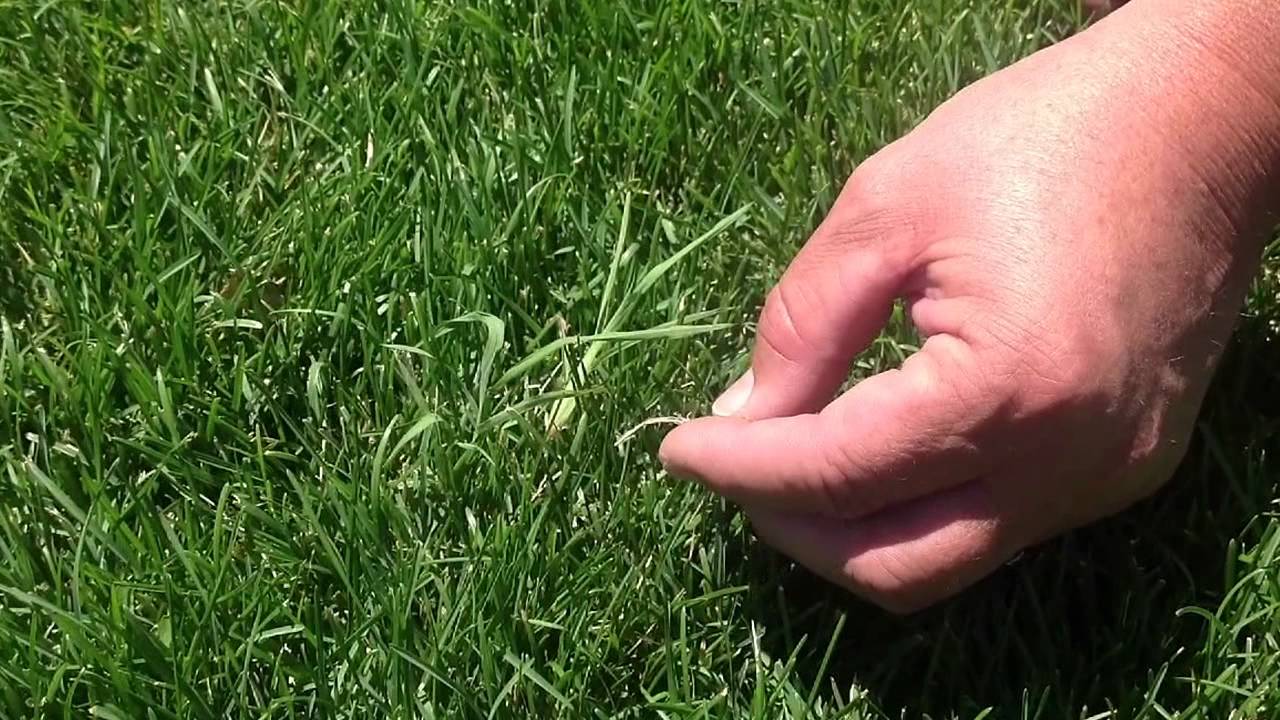

0 thoughts on “How To Kill Goat Heads Without Killing Grass”